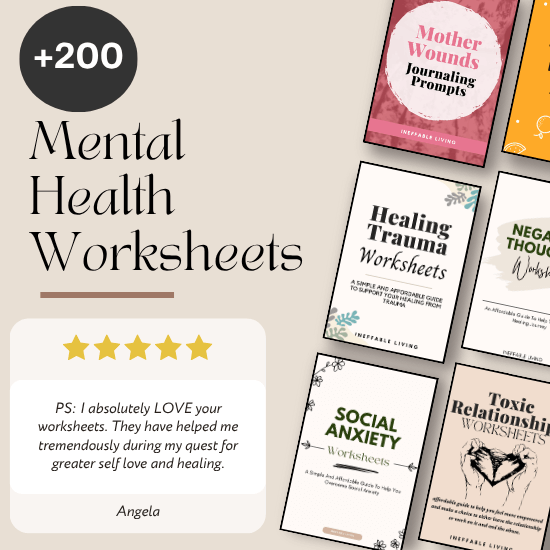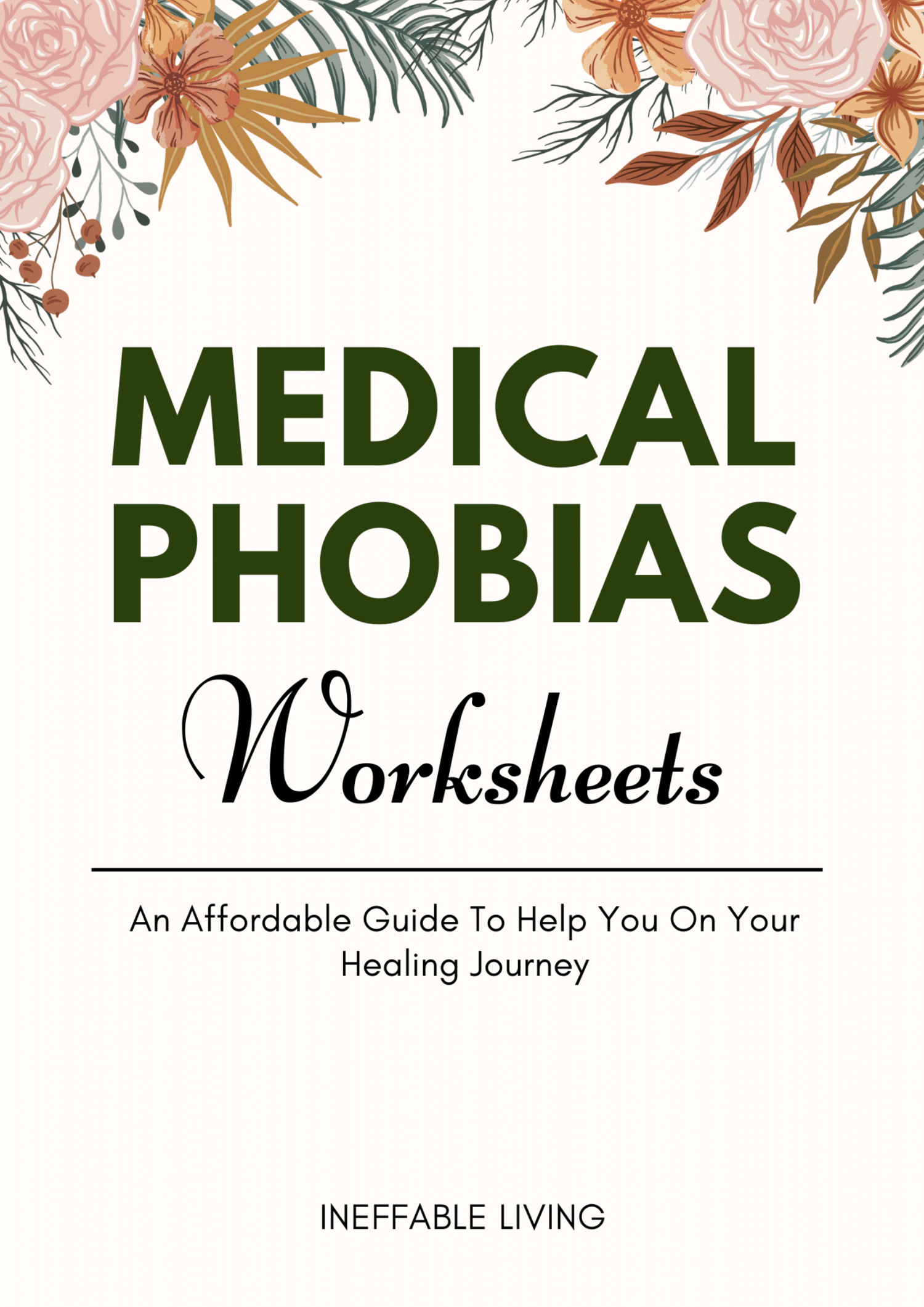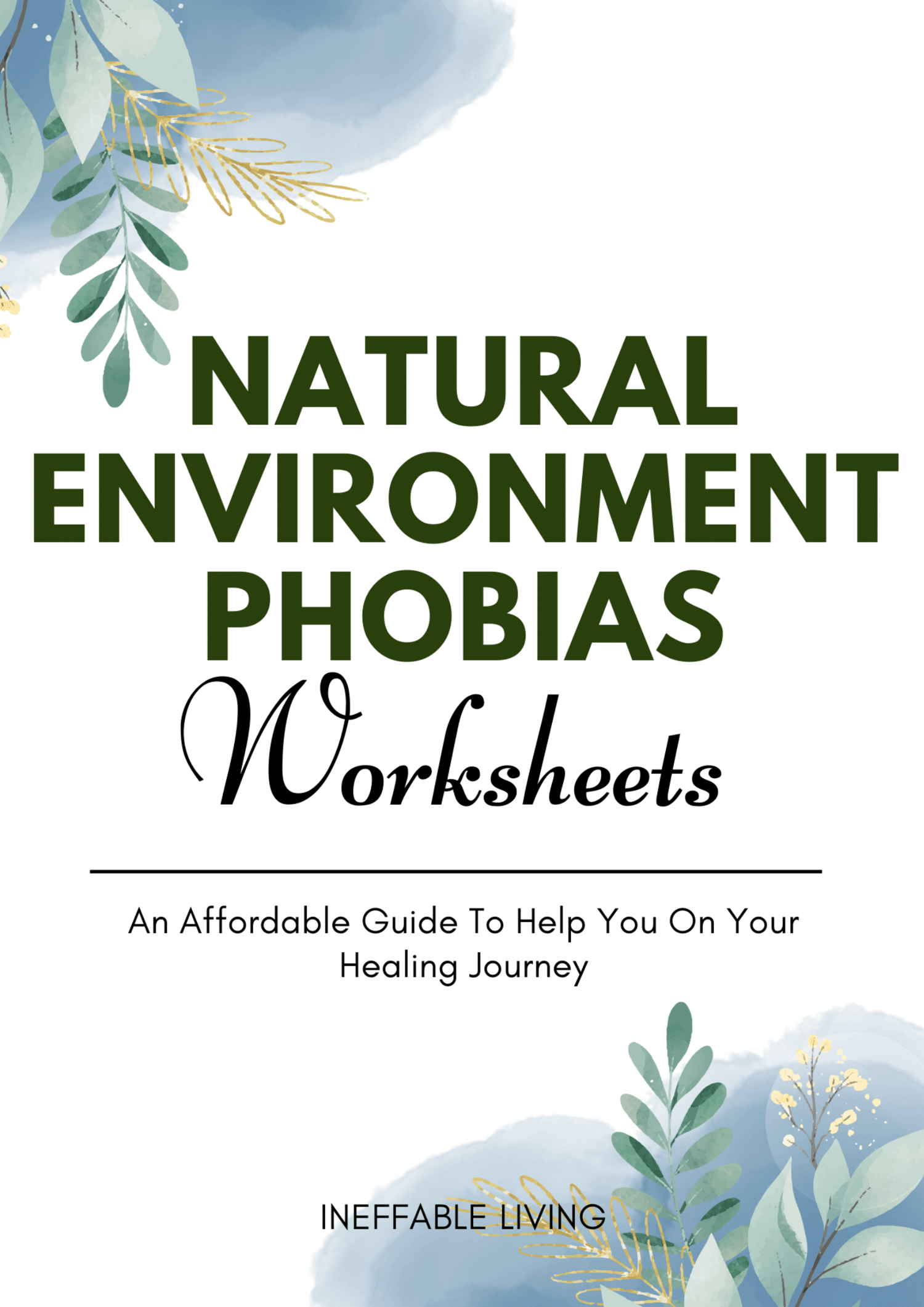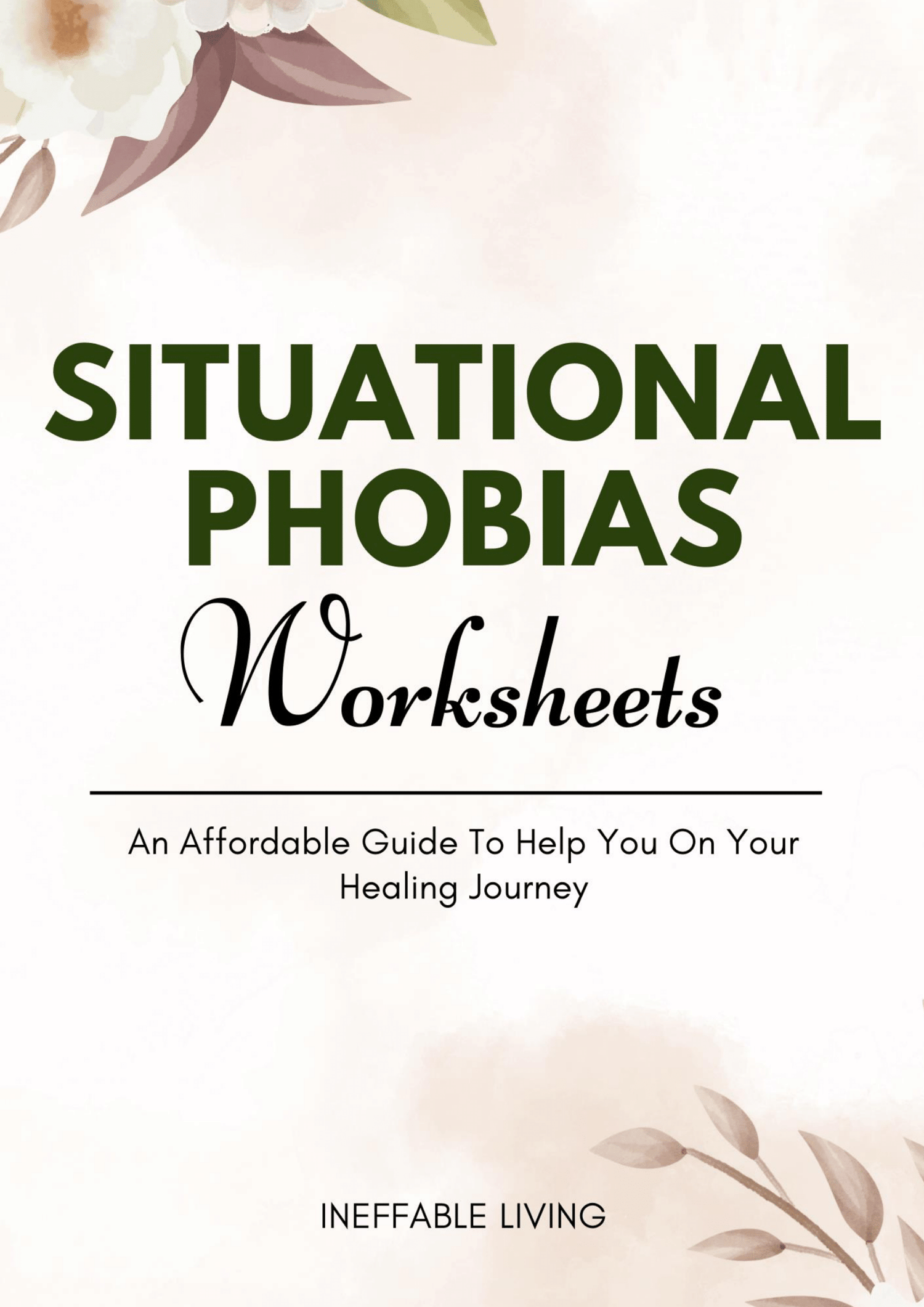Whether it’s a fear of flying, spiders, needles, elevators, or public speaking — specific phobias can feel irrational, overwhelming, and impossible to control. You know your fear doesn’t “make sense,” but your body reacts anyway: heart racing, breath short, panic setting in.
The good news? You can face your phobia — safely, gently, and on your terms. These specific phobia worksheets are designed to help you gradually reduce fear, regain control, and build confidence one small step at a time.
What Makes Specific Phobias So Distressing?
A specific phobia isn’t just discomfort — it’s a persistent, intense fear that can trigger physical symptoms or lead you to avoid entire situations.
Common symptoms include:
- Sweating, shaking, or nausea when exposed (or even thinking about) the feared object/situation
- Feeling out of control, embarrassed, or ashamed
- Going out of your way to avoid certain people, places, or activities
- Panic attacks or freezing up
- Disruption of daily life, travel, work, or relationships
And the worst part? You may feel alone or even silly — but phobias are real and incredibly common.
1. Animal Phobias Worksheets
Gently face fears of animals like spiders, dogs, or insects with step-by-step exposure tools and calming techniques to reduce panic.
2. Medical Phobias Worksheets
Manage intense fear around needles, blood, or medical procedures with grounding exercises and thought-reframing prompts.
3. Natural Environment Phobias Worksheets
Work through phobias related to storms, heights, water, or darkness with gradual desensitization and fear-processing tools.
4. Situational Phobias Worksheets
Overcome fear of elevators, flying, or enclosed spaces with structured exposure planning and emotional regulation techniques.
These Worksheets Are for You If…
- You’re tired of avoiding something that limits your life
- You feel stuck between fear and frustration
- You’ve tried “pushing through” but it only made it worse
- You want a gentle, structured way to work through your fear
- You’re ready to take back your confidence — step by step
You don’t have to be fearless. You just need the tools to face fear more skillfully — and safely.

Read Testimonials –> HERE
FAQs
Can I use the worksheets with my therapy clients?
Absolutely! The worksheets are meant for both, personal and professional use.
The worksheets are copyrighted so you can’t resell them or upload them publicly online. But you can share them with your clients.
Can I make changes to the files before handing them down to my clients?
Absolutely! You can convert your PDF files to word documents and make changes using free tools like pdf2doc.com.
How do I know if these worksheets are right for me?
These worksheets are perfect for anyone who needs an affordable, yet effective strategies to help them increase their self-awareness and work on their own issues – alone or with their therapist.
These worksheets are not a one-size-fits-all approach and are in no way meant to imply that change is as one-dimensional as a worksheet.
So choose the techniques and suggestions that apply to you and tailor the exercises in ways that will be helpful to you.
Can I use these worksheets on my own or should I seek professional guidance?
These worksheets are designed to be helpful on their own. However, seeking professional guidance from a mental health professional can increase their effectiveness.
How do I use mental health worksheets effectively?
1. Set aside dedicated time: Find a quiet and comfortable space where you can focus on yourself without distractions. Treat this as valuable self-care time, just like you would for any other important appointment.
2. Choose the right worksheet: There are numerous worksheets available, each offering unique exercises and prompts. Consider your specific needs and goals. Are you looking to enhance self-awareness, manage stress, or improve your relationships? Select a worksheet that aligns with your current focus.
3. Read instructions carefully: Take a moment to fully understand the purpose and instructions of the worksheet. Clarify any questions you may have before proceeding.
4. Engage in self-reflection: Set pen to paper and let your thoughts flow. Don’t worry about perfection or judgment – this is your private space to express yourself authentically. Be honest with yourself and explore your emotions, thoughts, and experiences without restraint.
5. Reflect on your insights: After completing the worksheet, take some time to reflect on what you have learned about yourself. Consider any patterns or triggers that impact your mental well-being. Identify areas where you can implement positive changes or coping strategies.
6. Incorporate your insights into daily life: The true value of mental health worksheets lies in applying your newfound awareness and insights to your everyday life. Consider how you can integrate these insights into your relationships, self-care routines, and overall well-being.
When should I see a therapist?
These worksheets are designed to help you better understand yourself, your distress, and your difficulties.
You can use it in conjunction with therapy or as a stand-alone guide to manage your distress.
These worksheets can be considered a low-intensity intervention. They’re perfect for those who are struggling with mild to moderate issues.
In mental health, mild to moderate symptoms are those that are severe enough to be distressing to you, but moderate enough that you can still manage most of your daily activities.
If you feel very overwhelmed by any of the exercises in these worksheets, this might be a sign that your symptoms are too severe for you to do the work by yourself.
A therapist will help you at your own pace and provide support and encouragement throughout the process.
Do you have more questions? Check this page –> FAQs



